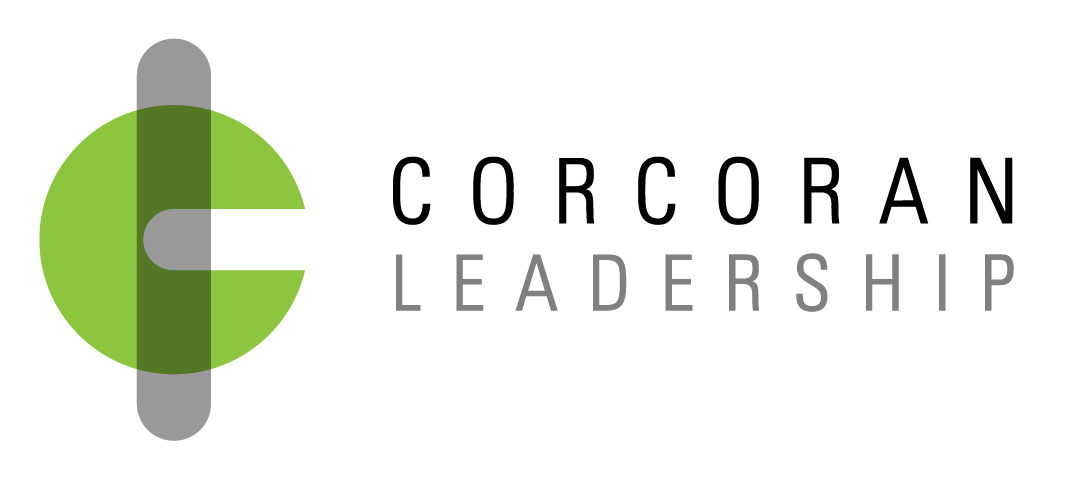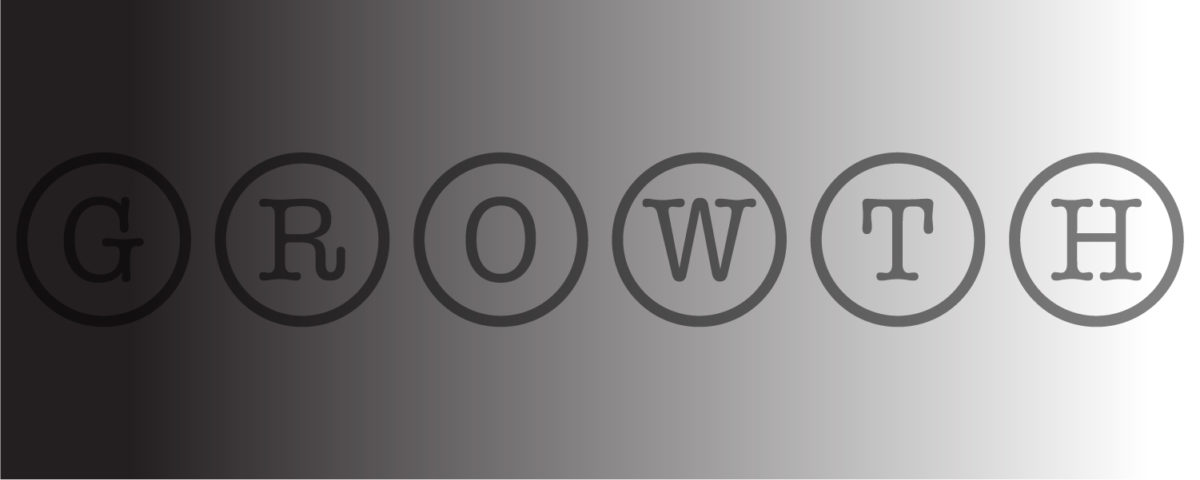Many leaders I’ve encountered have something about his or her behavior or communication that they want to change but are having a hard time doing it. I often draw upon the Immunity to Change method with my clients because it’s the most effective process I know to address someone’s internal barriers to self-improvement. This process is exciting because it makes a difference quickly and was borne out of solid research by a couple of leading lights at Harvard.
Real Change is Hard
If you’ve been newly promoted to a leadership position, you might be realizing that you need to delegate better. Perhaps you’re the CEO and you know that your “large and in charge” communication style is alienating people. Maybe you’re an executive who has been getting feedback in reviews over the past few years that you need to speak up more in meetings with your peers.
If you’re like most of the leaders with whom I work, you’ve made sincere commitments to change: you’ve participated in training programs, invested in books, outlined self-improvement plans, and set accountability measures. Maybe you can get things to shift for a little while, but eventually you return to your habitual ways of relating, working and thinking.
What’s going on here? Is it a lack of willpower? Are you dealing with a fundamental flaw that can’t be changed?
What’s Immunity to Change?
Harvard University Researchers Robert Kegan and Lisa Lahey set out to unravel this mystery. They point to a study that found that when doctors tell heart patients that they will die if they don’t change their habits, only one in seven will follow through successfully. If change is elusive for people even when faced with matters of life and death, Kegan and Lahey concluded that desire and motivation alone can’t be enough to change the status quo.
Add Immunity to Change to your library
They became curious about what lies behind each of our habitual behaviors and mindsets. Instead of writing off any particular habit as “bad,” Kegan and Lahey looked to see what good purpose the habit might actually be serving.
If you know that you are facing burnout and really want to be a better delegator, but continue your habit of taking control and doing things yourself, you must have a pretty good reason.
Perhaps you are afraid that things will devolve into chaos. Perhaps you grew up in a world where you were instilled with the belief that delegating work to others makes you lazy. Maybe your identity is wrapped up in being seen as the creative genius who produces great work.
Beliefs and Habits
Kegan and Lahey discovered that behind each of our habits is a strongly held belief that not only keeps us in our groove, but also fights any change that threatens the status quo. This resistance is so strong, so adaptive, and so systemic that Kegan and Lahey liken it to a finely tuned immune system.
How Immunity to Change Works
If I fundamentally believe that my value lies in being an expert, I’m going to be very invested in asserting my views and being right. I’m going to defend my expert status at all costs.
Listening and accepting influence will actually undermine what I consider my core value. I’ll believe that no amount of investment in skill development is going to make me a better listener.
Even a strong desire and motivation to be a better leader can’t compete with the deeply seated belief that my value lies in being an expert.
We’re dealing with an Immunity to Change that first needs to be unearthed for real and lasting improvement to be possible.
Overcoming Immunity to Change
Kegan and Lahey developed an Immunity to Change methodology that I use with clients both in one-on-one coaching sessions and in group workshops as part of a team or leadership development program. The objective is to pinpoint and address whatever beliefs and assumptions are blocking clients from the changes they want to make.
Creating an Immunity to Change Map is a simple way to bring to light the personal barriers to change. It starts by outlining the client’s commitment to an improvement goal. Then it sketches out the things that he or she is either doing or not doing that prevent progress towards the achievement goal. The Map then identifies competing commitments, as well as the big underlying assumptions behind those competing commitments.
The Value of an Immunity to Change Map
In the Map, what I find is that the client is operating with one foot on the gas pedal—the improvement goal—and the other foot on the brake. Your competing commitments and big assumptions that keep your foot on the brake are typically unconscious. If you don’t map them out, you can’t address them to move forward.
The Immunity to Change Map is powerful; completing one Map typically not only provides helpful insights but can often dismantle assumptions that are holding you back.
After the Map, there are as many as nine different steps in the methodology to help overturn the assumptions. Typically this takes place over the course of a six-month coaching engagement. I may not use all nine steps, but I customize the approach based on the individual and goal.
When Immunity to Change is Most Useful
The Immunity to Change process is most useful for the thornier and more difficult self-improvement goals. Perhaps your role requirements or business context have changed and “what got you here can’t get you there.” Or perhaps the same issue keeps showing up on your performance reviews and you haven’t been able to crack it.
Common leadership improvement goals that the Immunity to Change process addresses include:
- Delegation
- Communication (speaking clearly/succinctly)
- Engaging in conflict constructively
- Speaking up with peers or executives
- Listening
- Prioritizing and creating focus
- Building trust and relationships
- Developing others
- Work/life balance
- Collaboration
Start Here with Immunity to Change
The place to start is defining a good improvement goal. It should be focused and important. What’s the one thing you could change that would have a significant impact on your performance? It also has to be really motivating. The truth is that the Immunity to Change process is going to take you out of your safety zone a bit, so you need to believe that the result will be worthwhile.
While the Immunity to Change method is effective and fast, it’s difficult to do this work on your own. We can’t see our own blind spots and so much of what drives an individual’s Immunity to Change is unconscious and hidden beliefs.
Do you have an Immunity to Change?
As someone who has gone through the process myself and as a coach who uses it with my clients, my best advice is to order the Immunity to Change book and engage a certified Immunity to Change coach.
Here are a few more helpful resources:
And if you’d like to take the old school route, just give me a call at 415.991.5177. Looking forward to hearing from you.


